Vermiculite is a naturally-occurring mineral that resembles tiny rocks or granular material, and due to its fire-resistant ability to insulate against heat and cold and the ability to absorb moisture, it was commonly used in attic insulation in the 1950s and 1960s.
A mine in Libby, Montana produced more than 70% of vermiculite sold in the United States between 1919 and 1990, according to the Environmental Protection Agency (EPA). It was later discovered, however, that the mine contained the toxic mineral asbestos, which meant the vermiculite, which was often sold under the name Zonolite, was contaminated and potentially hazardous.
There was no method for tracking the vermiculture produced and distributed from the mine, which means it’s still being found in homes today, sometimes still in the original bags.
An important note for homeowners: If you have vermiculite insulation, you may be eligible for a partial removal reimbursement cost. The Zonolite Attic Insulation Trust was established to educate the public and provide 55% reimbursement for insulation removal for those who qualify.
The United States Environmental Protection Agency (EPA) and the U.S. Consumer Product Safety Commission (CPSC) have banned several asbestos products, but the substance is still found in many homes built prior to the 1980s.
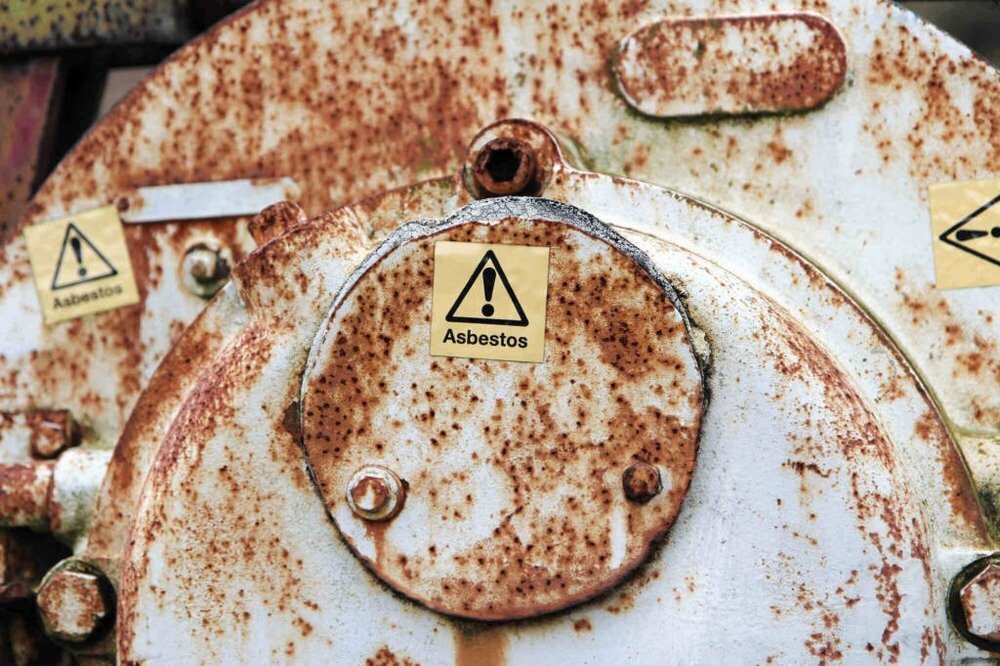
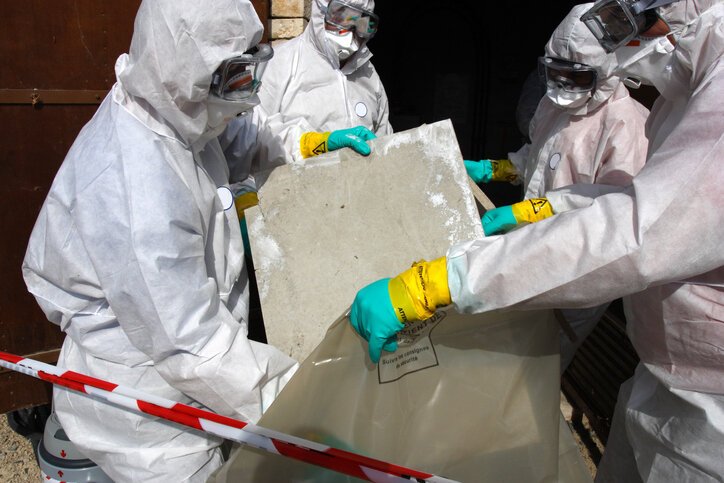
Why Should You Be Concerned About Vermiculite Insulation?
The Environmental Protection Agency (EPA) reports that asbestos can cause serious health problems such as lung cancer, mesothelioma, and asbestosis. These conditions may not occur until years, or even decades, after you’ve been exposed. According to the EPA, the risk of diseases increases “as the level, duration, and frequency of exposure increases,” also exacerbated by smoking.
How to Identify Vermiculite Insulation — And What to Do If You Have It
Vermiculite looks like tiny pebbles and is typically light brown, gray, or gold. It also contains shiny flakes, similar to mica, but it’s important to know that vermiculite breaks down over time and ultimately resembles sand.
Typically vermiculite is poured in the structural channels of your attic. Over time the material breaks down and dust settles at the bottom. This is especially dangerous for homeowners who are doing renovations that may require portions of the ceiling in their livings spaces to be opened. When the ceilings are opened the fine dust, which contains asbestos can fall on the homeowner and because of the breakdown of the material there is a high risk of the material becoming air borne. At this point, the asbestos inside the vermiculate is so small, it may not even register as such when analyzed in a lab, but it should still be treated as if it were asbestos.
But it’s important to know you don’t have to remove vermiculate insulation. In fact, the EPA recommends that you leave the vermiculate insulation alone. If you do have renovation or remodeling plans that would disturb the vermiculite insulation, you should give us a call and never remove it yourself. Our asbestos experts have the training and experience to identify and safely remove this hazardous material.
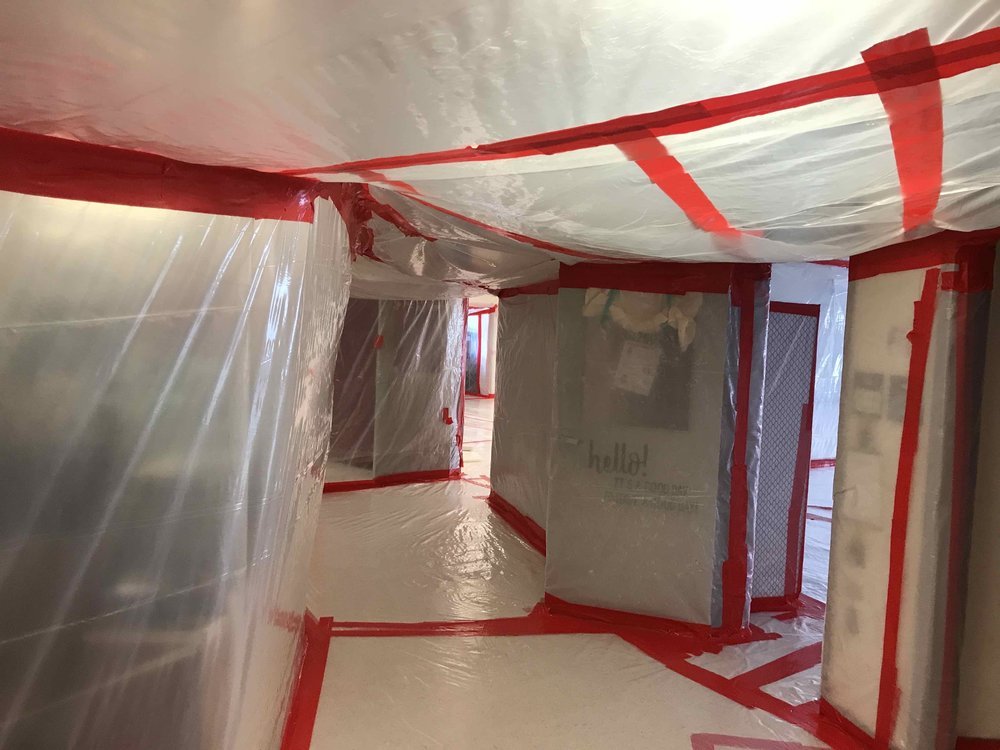
Locations
Headquarters:
629 Calef Highway (Route 125)
Epping, NH 03042
10 Spencer Street
Stoneham, MA 02180
680 Stroudwater Street
Westbrook, ME 04092
Vermiculite Insulation Removal Service Areas: NH, MA, and ME
EnviroVantage provides vermiculite insulation removal services in New Hampshire, Massachusetts, and Maine. We also offer commercial and industrial asbestos abatement. Please call 1-800-640-5323 for more information or to get a quote.
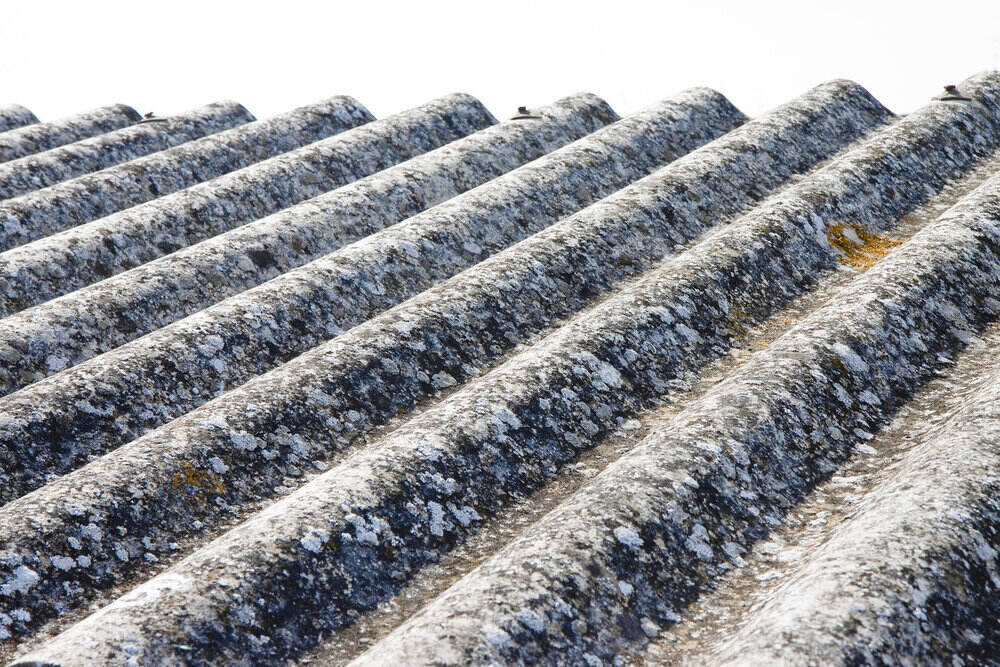
Vermiculite Insulation Removal Cost
The cost of vermiculite insulation removal is typically $10,000-15,000 for an average-sized home, but it’s important to remember that every project is different. We invite you to give us a call so we can learn more about your needs.
What is EnviroVantage’s Vermiculite Insulation Removal Process?
We rely on a state-of-the-art removal system that includes using a high-powered industrial vacuum to transfer the vermiculite into a lined, enclosed dumpster. We ensure all of the vermiculite is wet, which means it won’t become airborne, and we seal off access to the house and the outside. Following the effective removal of the vermiculite the area is final cleaned to ensure no dust is present.
Here is a general overview of our process:
Vermiculate Insulation Removal Certifications & Training
All of our asbestos workers undergo intensive training and must pass exams and continuing education courses. Our certifications include:
- CT Asbestos Contractor
- MA Asbestos Contractor
- MA Home Improvement Contractor
- MD Asbestos Contractor
- ME Asbestos Abatement Contractor
- NH Asbestos Abatement Entity
- NH Asbestos Disp. Site Contractor
- NY Asbestos Handling License
- PA Asbestos Contractor
- RI Contractor Registration
- RI Asbestos Abatement Contractor
- VT Asbestos Abatement Entity
We’re also associated with the following associations:
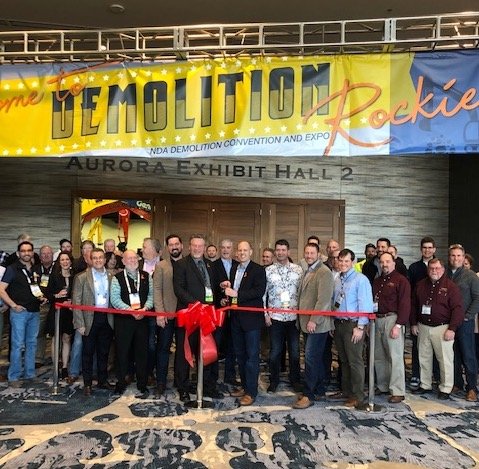

Why EnviroVantage?
We are an established, highly trusted demolition, environmental, and indoor air quality contractor with over 35 of years of experience. Our trained, expert technicians leverage leading-edge equipment and technology while adhering to industry best practices to deliver safe, high-quality services to our clients on job sites every day.